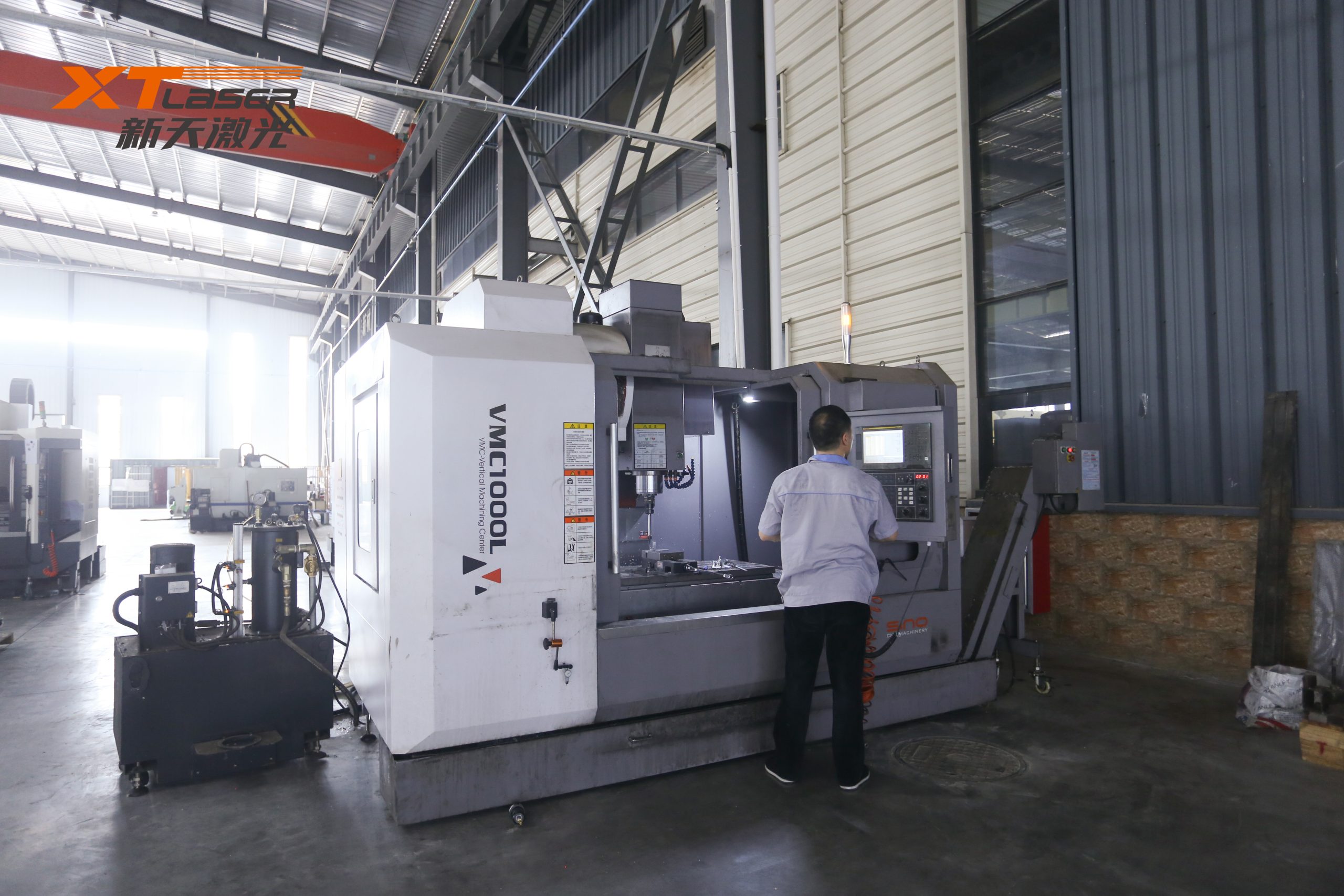Nine judgment standards for cutting quality of laser cutting machine
XT Laser-laser cutting machine
The quality of a laser cutting machine mainly depends on its cutting quality, which is the most direct method to check the quality of the equipment. For new customers, when purchasing equipment, they will be asked to see the test of the laser cutting machine first. In addition to the cutting speed of the equipment, the test also depends on the cutting quality of the sample. So how to treat the cutting quality? And what to pay attention to. We will introduce you in detail.

How to see the cutting quality of laser cutting machine. The following nine standards are indispensable:
1. Roughness
The laser cutting part forms a vertical line whose depth determines the roughness of the cutting surface. The lighter the line, the smoother the cut. Roughness affects not only the appearance of edges, but also the friction characteristics. In most cases, the roughness should be minimized, so the lighter the grain, the better the cutting effect.
2. Verticality
When the thickness of the plate exceeds 10mm, the perpendicularity of the cutting edge is very important. As it moves away from the focus, the laser beam diverges, and the incision widens toward the top or bottom depending on the location of the focus. The deviation between the cutting edge and the vertical plane is several millimeters. The more vertical the edge is, the better the cutting quality is.
3. Cutting width
Generally, the width of the cut does not affect the quality of the cut. The width of the cut has an obvious effect only when a particularly precise profile is created in the part. This is because the width of the cut determines the minimum inner diameter of the profile. Therefore, in order to ensure the same high accuracy, the workpiece must be kept constant in the processing area of the laser cutting machine regardless of the cutting width.
4. Texture
When cutting thick plates at high speed, molten metal does not appear in the incision below the vertical laser beam, but flows out from behind the laser beam. Therefore, curves are formed on the cutting edge, which closely follow the moving laser beam. To correct this, reducing the feed speed at the end of the cutting process can greatly eliminate the scribing phenomenon.
5. Minor fault
The formation of burrs is a very important factor determining the quality of laser cutting. Because deburring requires additional work, the severity and quantity of burrs can directly determine the cutting quality.
6. Material deposition
The laser cutting machine first finds a special layer of oily liquid on the surface of the workpiece, and then starts to melt the drilled hole. During the cutting process, due to vaporization and no use of various materials, the customer uses wind to remove the cutting, but the upward or downward discharge will also form sediment on the surface.
7. Dents and corrosion
Pitting and corrosion can adversely affect the surface of the cut edge, affecting its appearance. They appear in the cutting errors that should be avoided generally.
8. Heat affected zone
In laser cutting, the area around the cutting is heated. At the same time, the structure of the metal will also change. For example, some metals harden. The heat affected zone is the depth of the area where the internal structure changes.
9. Deformation
If the cutting causes sharp temperature rise of the workpiece, the workpiece will be deformed. This is particularly important in finishing because the profile and strip are usually only a few millimeters wide. Controlling the laser power and using a shorter laser pulse can reduce part heating and prevent warping.



